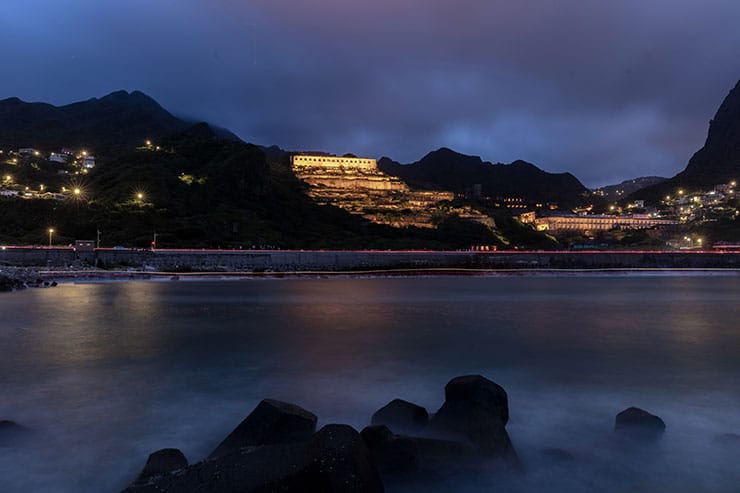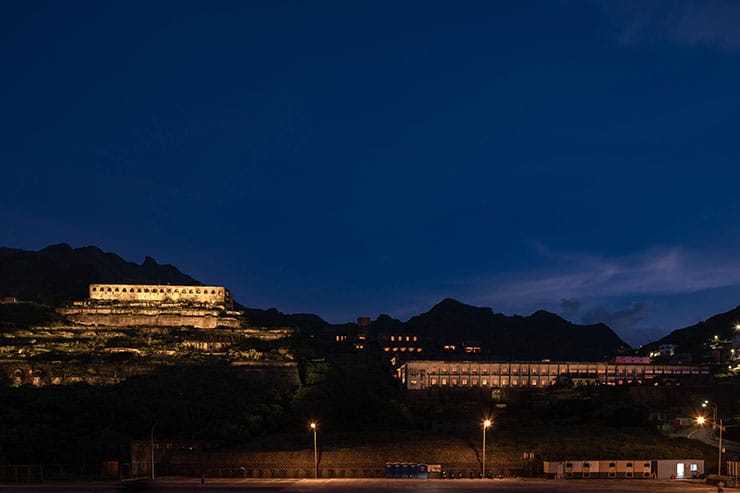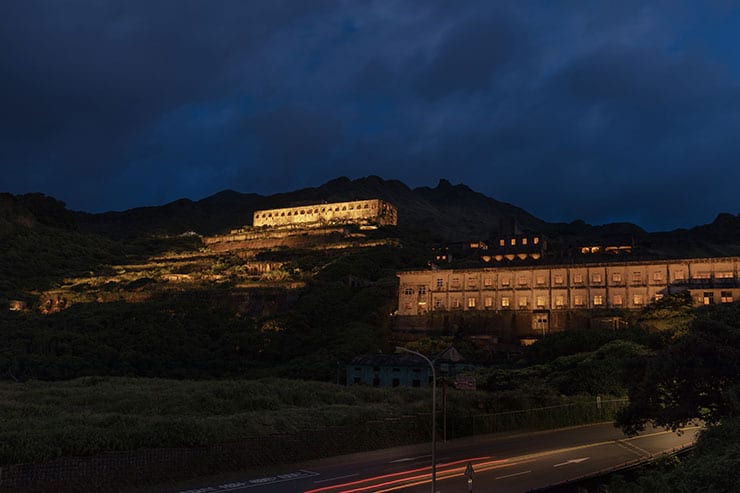- ABOUT
- JUDGING
- CONTACT
- MORE
- 2024 Entries
- Installations 2024
- Past Winners
- Subscribe
- [d]arc directory
- arc magazine
- darc magazine
13-Layer Remains, Taiwan
Project13-Layer RemainsLocationNew Taipei City, TaiwanLighting DesignYI.ng Lighting Design Consultants, TaiwanClientTaiwan Power CompanyLighting SuppliersLuxmen Technical Lighting, Grand Canyon LEDLighting Systems
This unique lighting design aims at rejuvenating the 13-Layer Remains. The mining site is no longer in use since 1973 due to the exhaustion of copper and gold. The basic structure is retained and it preserves the traces of mining for a hundred years. Though designated a historic building and a potential spot of world cultural heritage, the structure itself is listed as a contamination zone as a result of the residues in the soil from long exhaust pipes for releasing the waste gases produced in copper refining. It had been sealed for over 30 years before the rejuvenation.
From the outset, in addition to showcasing a sense of modernity, our team has also wished to rejuvenate the site as our Mother Earth, which would be all-encompassing and incorporated with its neighboring villages. In view of this, 2100K color temperature was chosen to go with the outer crust of the structure. Amber light was also adopted as internal lighting for the structure to represent a setting of using fire during the refining process. The luminance was devised in such a way that it went up in accord with the rise of each level. Thus the foundation of the structure was lit up with 1-Nit luminance and the higher levels with 6 Nits, presenting and highlighting the quality of “layer.”
To minutely demonstrate the sentimental side of original concept, we calculated and accuracy the variations in all the lighting, the correlations between each level, the focal lengths, the contrasts in light and shadow, and the beauty of the entire scene. We went to great lengths to create illumination that could work in harmony with that of its neighbouring mining and fishing villages without looking out of place and disrupting their nocturnal lighting. In the meantime, it also served as a dramatic foil for the natural shimmer of the mine. Low colour temperature was employed to highlight the architectural landscape while outlining the silhouette of the refinery. We used 3000K burnishing to bring out the strength of the vegetation there. The entire project took two years, making use of 15 different angles and wattage, with 365 sets of luminaire in total, in accordance with the topological features.
We took pains with the adjustments of light. Owing to difficulties and potential dangers resulting from the special terrains, it was utterly impossible to make real-time lighting adjustments on site.
This is the first and great success in revitalizing a cultural heritage by lighting using a public artwork appreciated from afar.




